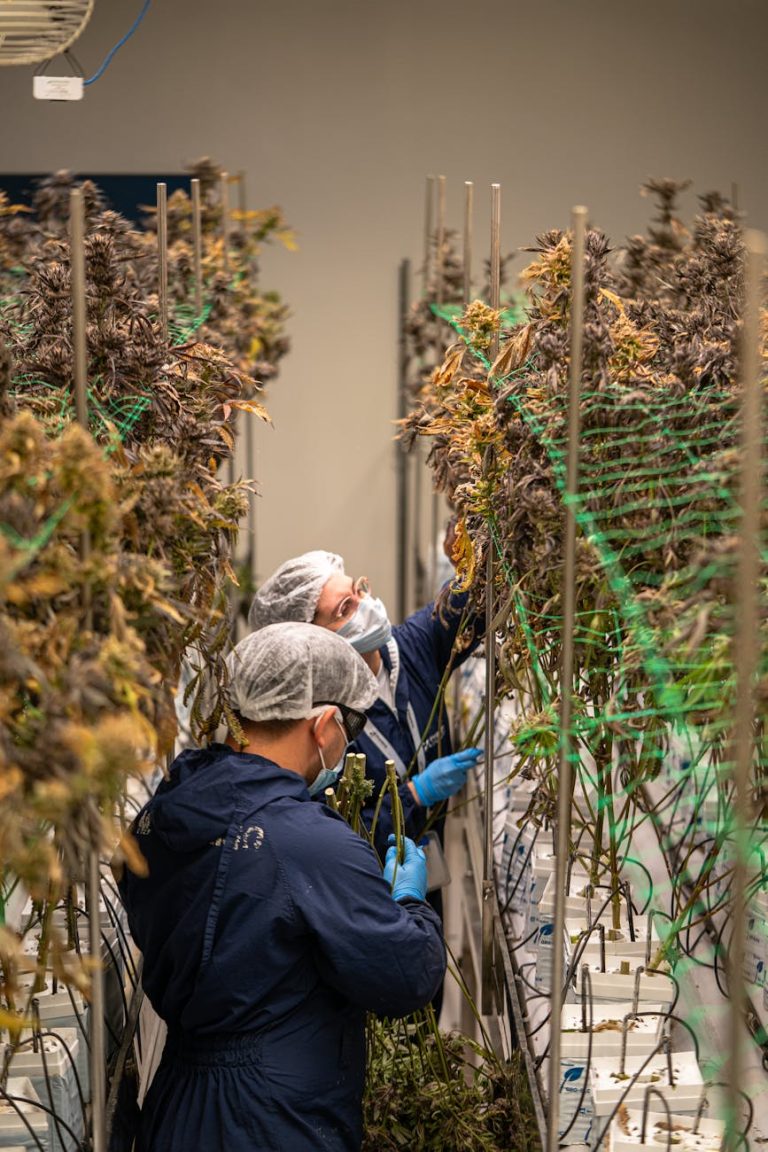Weed Control Methods: Safe Techniques to Protect Pollinators
Discover the key to maintaining a flourishing garden while protecting our precious pollinators with safe and effective weed control techniques.
Safeguarding Pollinators: Effective Weed Control Methods
Weed control is a crucial aspect of maintaining healthy gardens and landscapes. However, traditional weed control methods such as chemical herbicides can have detrimental effects on pollinators. Pollinators like bees, butterflies, and other insects play a vital role in ecosystem health and food production by facilitating the transfer of pollen between plants. Therefore, it is essential to utilize safe weed control techniques that protect pollinators while effectively managing weed growth. In this article, we will explore environmentally friendly weed control methods that safeguard pollinators.
Understanding the Impact of Weed Control on Pollinators
Chemical herbicides, when used indiscriminately, can harm pollinators in several ways. Direct contact with herbicides can be toxic to bees and other pollinators, leading to mortality. Moreover, herbicides can contaminate nectar and pollen sources, affecting the health and behavior of pollinators. In addition, the loss of weed diversity due to herbicide use can reduce foraging opportunities for pollinators, impacting their nutrition and overall well-being. Considering these risks, it is vital to adopt weed control strategies that minimize harm to pollinators.
Integrated Weed Management: A Holistic Approach
Integrated Weed Management (IWM) is a sustainable approach that combines multiple weed control methods to effectively manage weed populations while minimizing environmental impact. By integrating cultural, mechanical, and biological control methods, IWM aims to reduce reliance on chemical herbicides and promote long-term weed control. When implementing IWM practices, it is essential to prioritize techniques that are safe for pollinators and other beneficial insects.
Cultural Control Methods
Cultural control methods focus on altering the environment to make it less favorable for weed growth. These methods include practices such as mulching, hand weeding, and promoting healthy plant competition. Mulching not only suppresses weed growth but also helps retain soil moisture and improve soil health. Hand weeding targets individual weeds without harming surrounding plants, making it a precise and environmentally friendly weed control method. By encouraging strong plant growth through proper watering and fertilization, gardeners can outcompete weeds naturally, reducing the need for herbicides.
Mechanical Control Methods
Mechanical control methods involve the physical removal of weeds using tools such as hoes, cultivators, and weed trimmers. These methods are effective for targeting specific weeds while minimizing the use of chemicals. For pollinator-friendly weed control, gardeners can employ precision tools to remove weeds without disturbing pollinator habitats. Regularly mowing grassy areas and using manual tools to remove broadleaf weeds can help maintain a healthy balance between weed control and pollinator protection.
Biological Control Methods
Biological control methods harness the power of natural enemies to manage weed populations. This approach involves introducing or enhancing the presence of weed-eating insects, pathogens, or animals that feed on weeds. For example, releasing beneficial insects like ladybugs or deploying weed-suppressing microbes can help control weed growth in a sustainable manner. By utilizing biological control agents that pose minimal risk to pollinators, gardeners can effectively manage weeds while supporting beneficial insect populations.
Creating Pollinator-Friendly Landscapes
In addition to adopting safe weed control methods, gardeners can further protect pollinators by creating pollinator-friendly landscapes. Planting a diverse range of native flowering plants provides essential food sources for pollinators throughout the season. By incorporating pollinator-attracting plants into the landscape design, gardeners can not only enhance the beauty of their gardens but also support pollinator populations. Avoiding the use of systemic pesticides and promoting habitat diversity can further contribute to a pollinator-friendly environment.
Conclusion
Weed control is a fundamental aspect of garden maintenance, but it is crucial to prioritize techniques that protect pollinators and maintain ecological balance. By implementing integrated weed management practices that include cultural, mechanical, and biological control methods, gardeners can effectively manage weeds while safeguarding pollinators. Creating pollinator-friendly landscapes and avoiding harmful chemicals can help support the health and diversity of pollinator populations. By adopting environmentally friendly weed control methods, we can cultivate thriving gardens while preserving the essential role of pollinators in our ecosystems.






